Week 22/2024: Hacking and journalling
Week of 27 May 2024
Hacking and journalling
There were two highlights this week, both of which meant I had to drive a car to get there. (I dislike driving and avoid it wherever possible so you’ll know if I drive somewhere I either have no choice or it’s really important to me!)
Hacktivists
Kramstable is taking a class called Theatre Performance at college this year. As I understand it, it’s a course that builds on the Drama course he did last year. It’s a much smaller class and they spend the year working as a professional theatre company would.
The students perform one piece at mid-year and are externally assessed on another piece at the end of the year. This week they performed their mid-year play, Hacktivists by Ben Ockrent.
This is
a gripping play that delves into the world of cyber activism. Set in the midst of a high stakes hack, it follows a group of passionate individuals fighting for their cause in the digital realm. As tensions rise and loyalties are tested, the play explores themes of power, ethics, and the blurred lines between online and offline activism. Hacktivists offers a thrilling glimpse into the intersection of technology and social change.
I drew parallels in my mind between the way the antagonist in this play contrasted with the sole dissenter in Twelve Angry Jurors, and how an individual can use their influence to change the minds of an entire group.
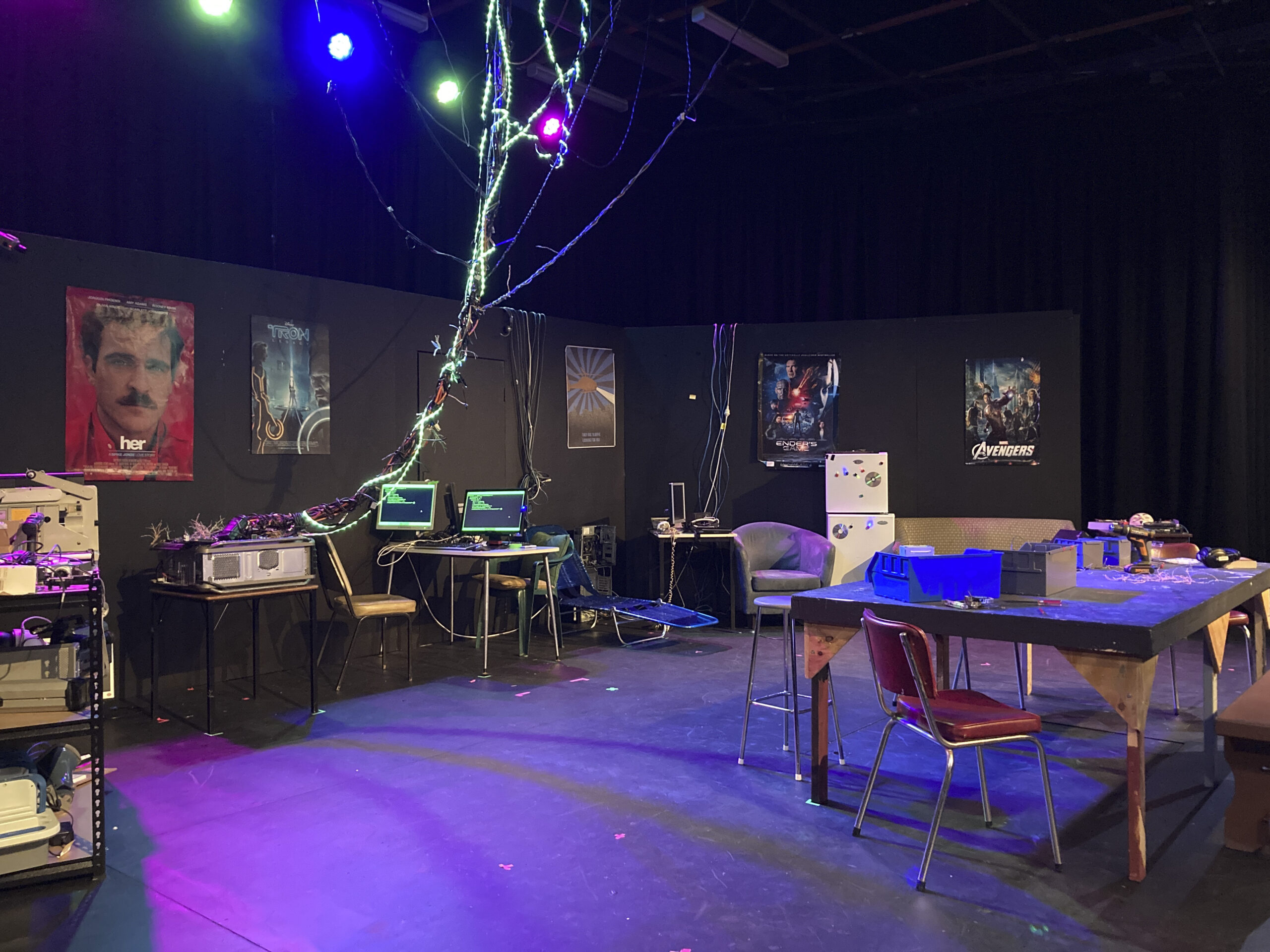
It was a great show with a fabulous set and a well-cast group of young actors.
I liked the play so much I went back the next night to see it again!
Creative journalling
My second driving adventure this week was to Kylie Dunn’s Creative Journalling workshop on Sunday morning.
If you’re a long time reader here (thank you!) you might remember that I read Kylie’s book Do Share Inspire in 2016. This inspired me to embark on a smaller scale version of Kylie’s “Year of TED” involving trying out new ideas for 30 days and seeing what happened.
Since then, I’ve been following Kylie’s work and chatting to her occasionally but had ever actually met her in person. This changed on Sunday when I went to the workshop.
The workshop
What you need to know about me is I have a great fear of the blank page. I also decided a long time ago that making bold messy marks on a page is not what I do (and that’s okay). And I have a fondness for straight lines.
This really is okay: One of the first things Kylie recommended was to free ourselves of any expectations about what our journalling might look like, or what it ‘should’ look like.
What it looks like is what it looks like. The end.
We got a great little workbook to provide an overview of the course. It talks about the benefits of journalling and different types of journalling, and showed examples of the types of marks we can explore in our practice.
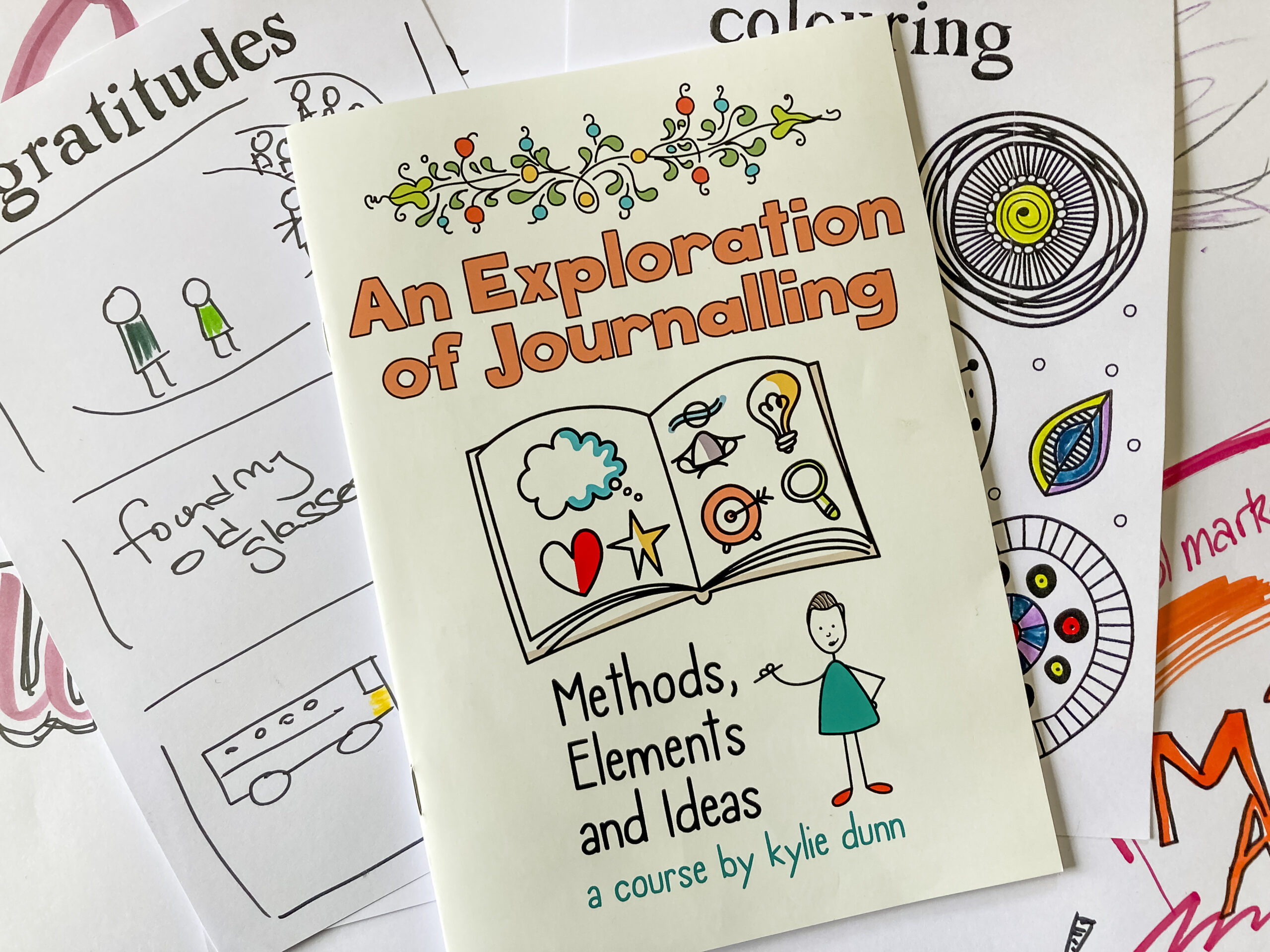
Kylie said this type of art journalling is learning about yourself. Because it’s reflecting and expression of what’s going on in your head in a visual way, what you put on the page doesn’t have to match your thought process. So it’s not linear like writing might be.
I think art journalling might be much more useful than writing for some things. There’s a school of thought that writing stuff down helps get it out of your head but I don’t find this works for me. It’s still in my head and the words are now on a page and it doesn’t make any different to me where they are. They just exist in two places now and I have the added anxiety of having words on a page that I feel like I have to deal with alongside the thoughts.
So there’s that . . . .
Techniques
Moving on, one of the really fun techniques we explored was sketchnoting. This a technique people use to take notes and capture ideas in meetings and conferences, but you can also use it as a form of visual journalling. It uses simple, flat, two-dimensional drawings that can capture the situation or the emotion, or can simply be decorative.
Like this.
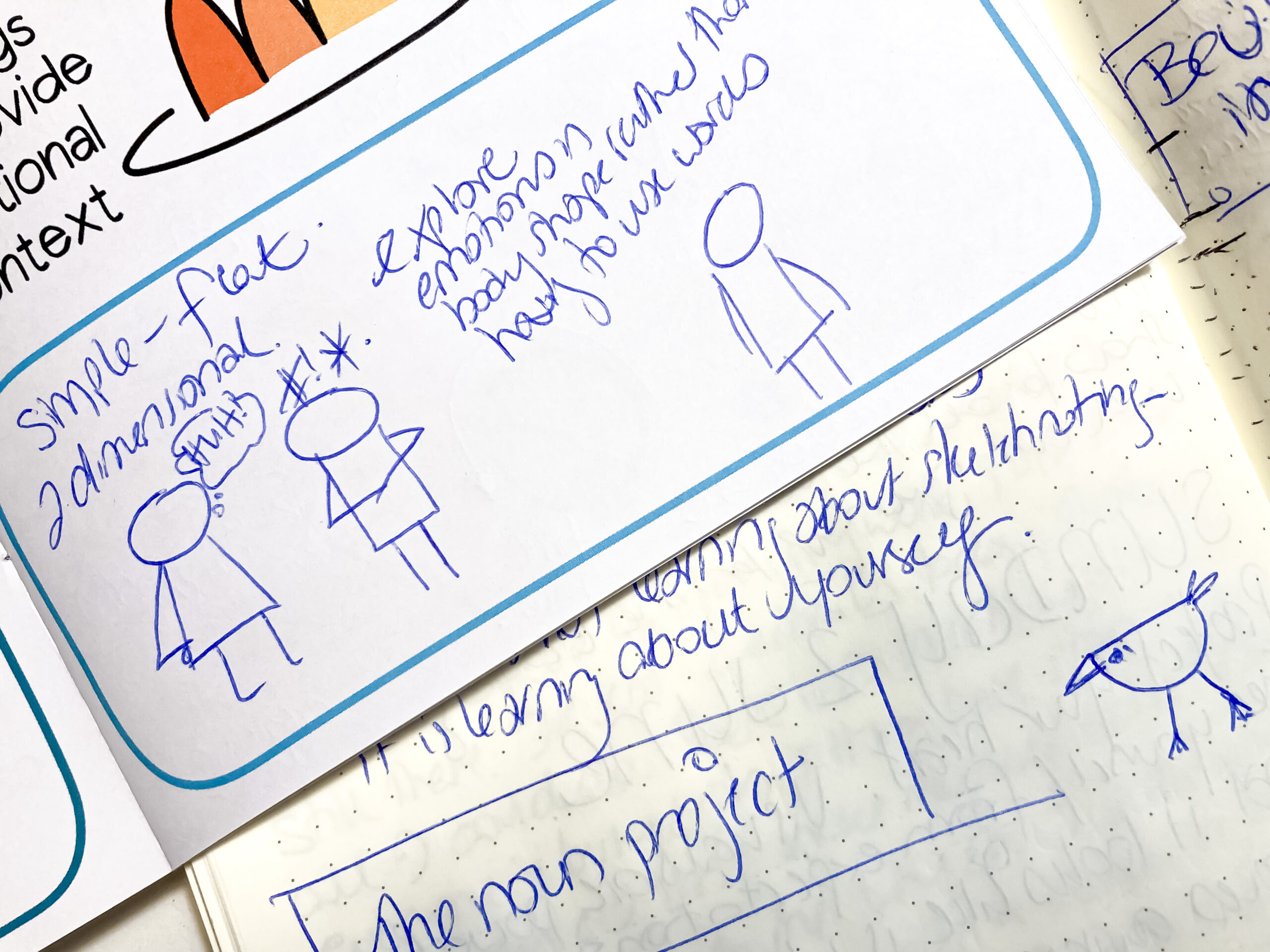
Such fun!
We had some fun with different scribbling techniques . . .
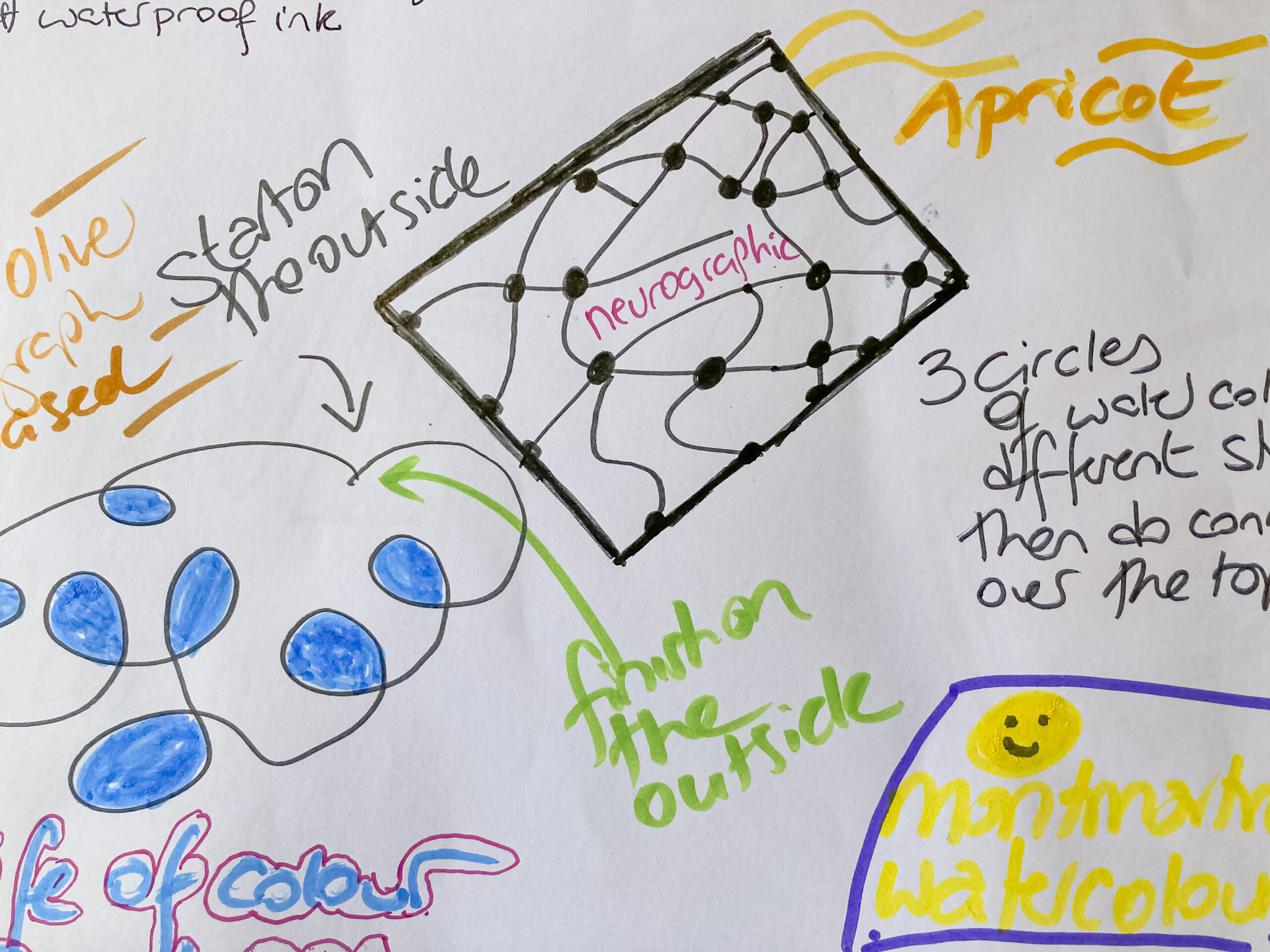
And words as art.

And just so you know, I was so tempted to take these pictures into photoshop and delete the shitty scribbles from the sides but, no! It looks like what it looks like!
Bullet journalling
The final part of the workshop looked at bullet journalling. I know a bit about this technique, which was developed by Ryder Carroll and I’ve tried it in the past.
Kylie said Ryder has ADHD and invented this method to help himself to become more focused, organised and productive. He needed something to overcome the distraction, procrastination and overwhelm that was stopping him getting his work done.
I don’t have ADHD but my brain has recently turned to mush and I feel like that last paragraph could describe how I feel a lot of the time, so I was interested in rediscovering how this works.
The traditional way of bullet journalling is with a simple notebook and pen but people have taken Ryder’s original techniques and turned ‘bujo’ into a creative art journalling practice, with complicated and beautiful layouts. There are entire communities devoted to it if this is your thing.
Kylie has these amazing journals that she showcases each month on her YouTube channel.
I’ve tried bullet journalling a few times and got really frustrated with it because I couldn’t make mine as beautiful as the ones on Pinterest and Instagram. And I could never discipline myself to write up a new spread every week.
I think I want to try again but not necessarily to go full-on art. I’ll start with with Ryder’s original style and find something that actually works for me—because no matter how beautiful it looks, if it doesn’t work I’m not going to use it.
As Kylie said, “What it looks like is what it looks like.” That’s a big takeaway from the workshop.
Recommendations
Kylie had a lot of pen and paper recommendations, and (hurrah!) she’s a fan of one of my most favourite stationery stores ever.
She also had some book recommendations if we wanted to do some follow up reading. BUT! You don’t have to read any books (like I want to do . . . like I always do, I want to read books and learn how to do the thing but I read so much and I get so much information I never actually do the thing . . .).
Just do it.
Use the things
I mentioned that I have so many supplies, many from the scrapbooking stage of my life, which I never use. We had a chat about how important it is to use the good pens, use the stickers, use the paper. You can always buy more.
This was my other takeaway. USE THE THINGS.
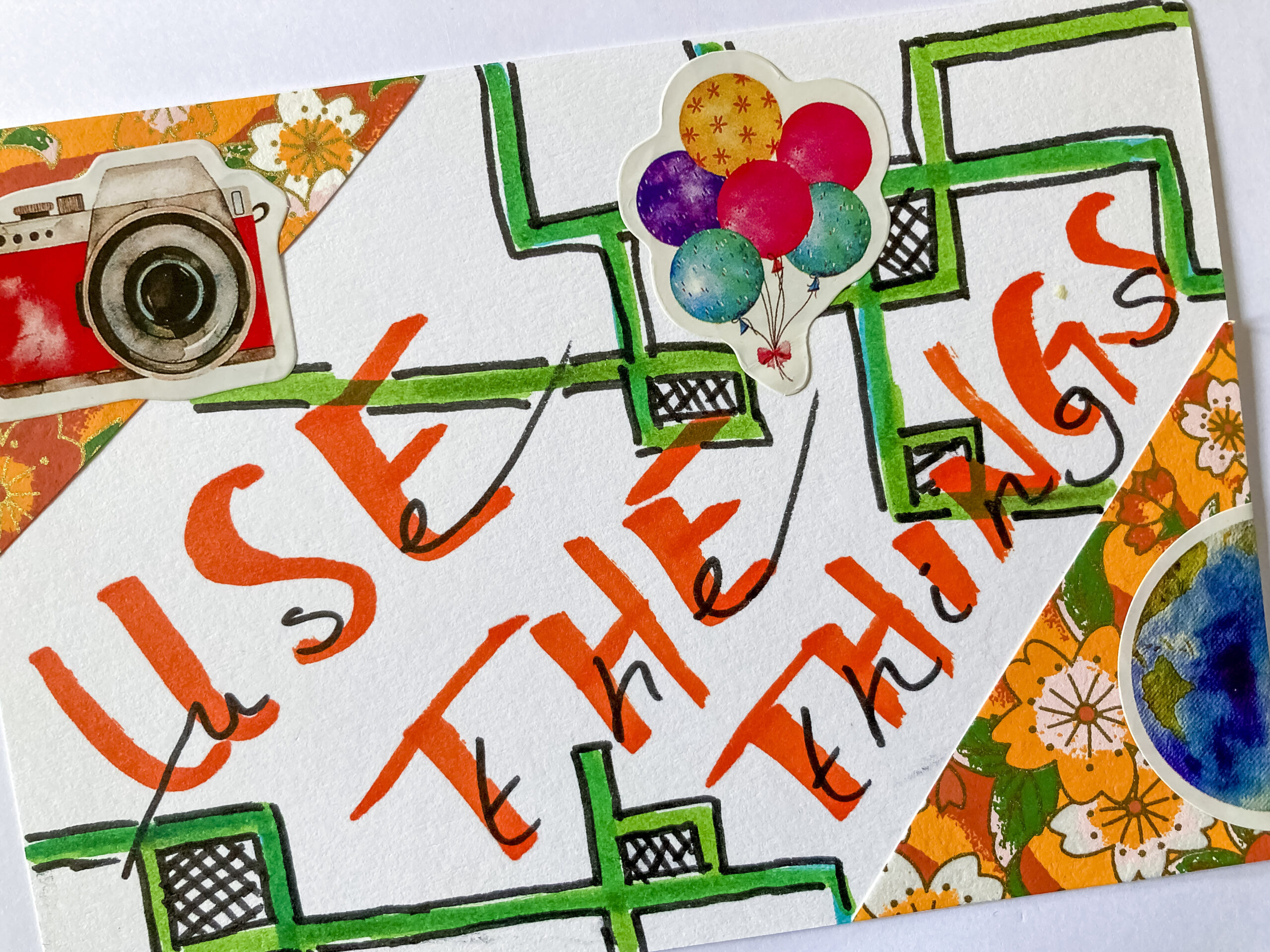
And Kylie invited us to make a card with our message on it using any tools and techniques we wanted. I deliberately cut up nice paper and used stickers to show my brain that it’s okay to use the things. I bought them so I could use them, not so they could take up space in a cupboard or on a shelf.
Here’s to using the things!
Summary of the week
What did I notice this week?
Georgian vs Deco.
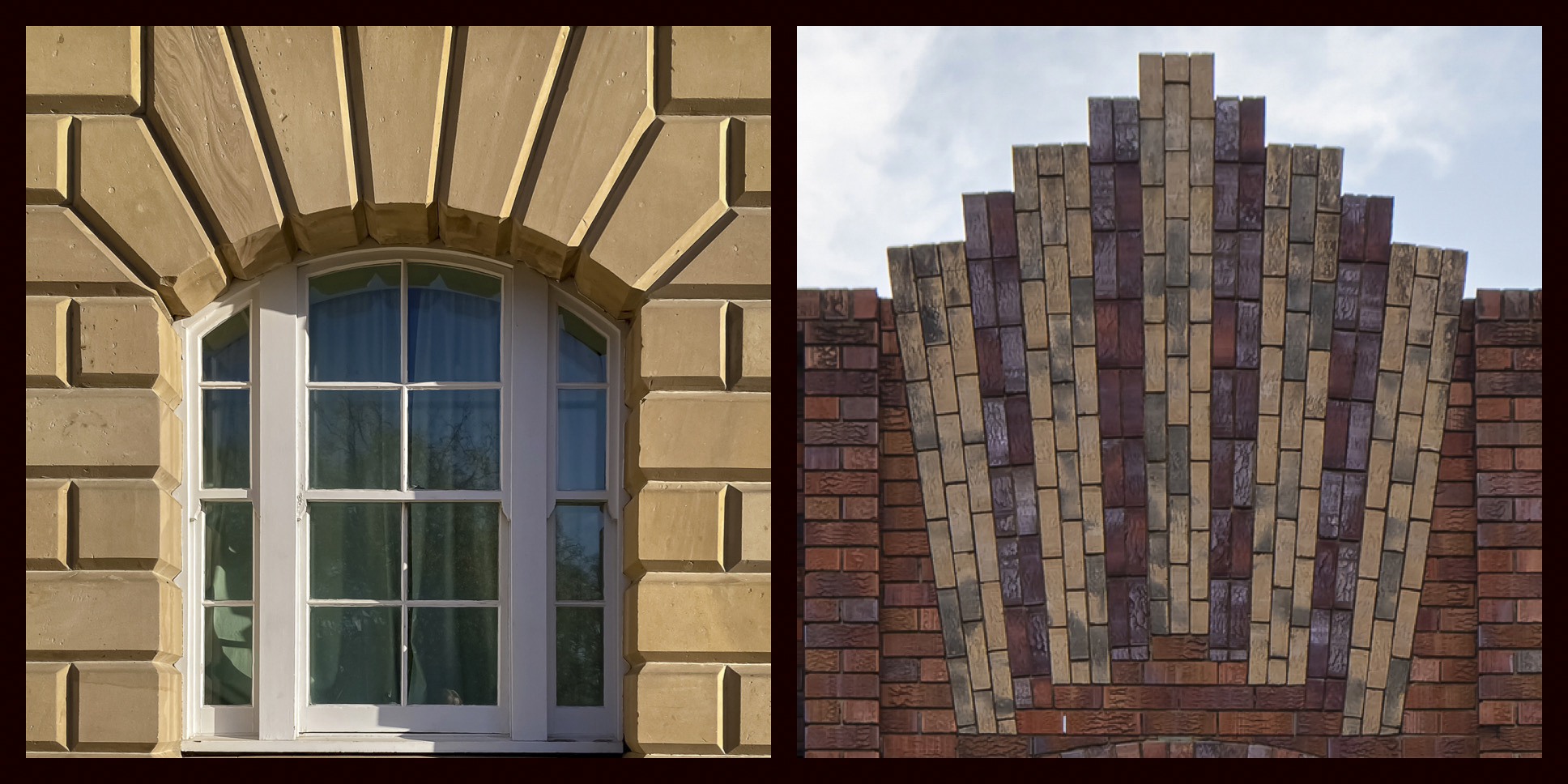
What did I learn this week?
There is a new “feature” in Instagram where it can recognise if you’ve used AI in any part of your photo (even if it’s just to delete car from outside a building) and it sends you a friendly reminder to label your content as “made with AI” to “let people know”.
What am I reading this week?
- The Premonition by Michael Lewis
- The Everything Guide by Niki Bezzant
- Do Interesting by Russell Davies
Habit tracker
- Walk 8,000 steps: 5/7
- Shut down at 9.30: 5/5